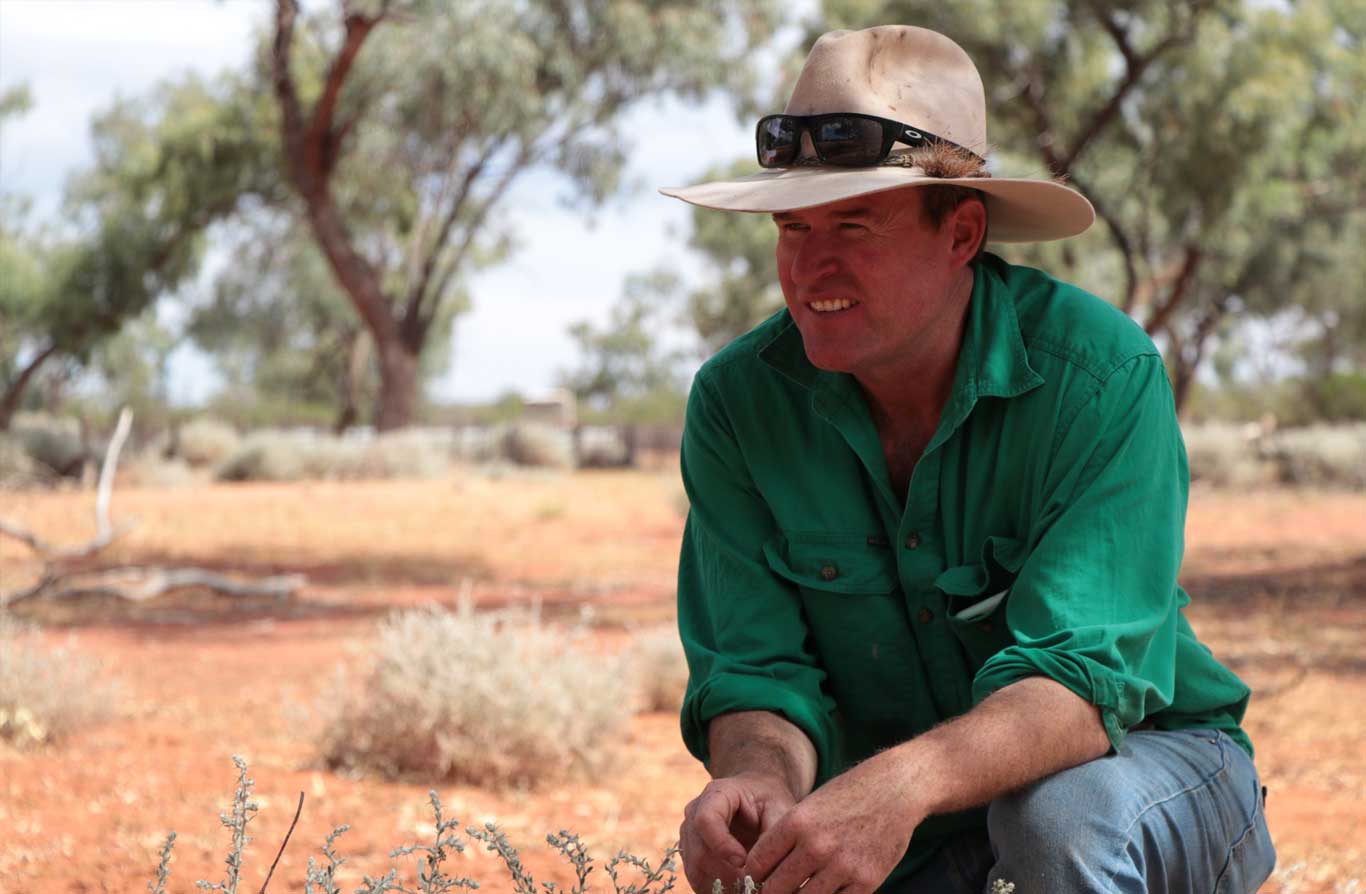Western New South Wales Cattle farmers Mike and Lucy Rosser have been actively involved with GreenCollar since 2015 and have just become the first land managers globally to generate NaturePlus™ Credits, after actively changing land management practices to improve the environmental condition and biodiversity of their property. Their work involved adapting their land management to improve the health of the red sandy mulga country of Argyle Station within the Paroo Plains, with a view to aiding recovery of drought affected country and enable the growth of multiple species of native vegetation. All while maintaining a healthy grazing enterprise.
NaturePlus™ is a scientifically robust biodiversity Credit scheme, developed by GreenCollar, that measures, monitors and places a value on the restoration and conservation of nature, providing land managers with an additional and diversified income stream that can support agriculture production and continuous improvement in land management.
We spoke to Mike, who said he is convinced of the regenerative outcomes of their existing carbon projects, so it was a logical step to take on a NaturePlus™ Project, for both the environmental and agriculture business benefits.
Statistics
- Name: Mike Rosser
- Location: Wanaaring, New South Wales
- Farming enterprise: Cattle
- Landholder Size: 70,000Ha
- NaturePlus™ Project Area: 5,364Ha.
- NaturePlus™ Project ID: 1: Argyle NaturePlus™ Native Vegetation Restoration Project.

-
What are the strategies the NaturePlus™ Project was trying to achieve?
There are four strategies the project was focusing on, including:
- Best practice rotational grazing to improve recruitment and ongoing gains in tree and shrub richness.
- Establishing and maintaining fencing and water infrastructure to improve recruitment and ongoing gains in tree and shrub richness.
- Minimising negative impacts of feral animals including goats, horses, pigs, foxes and cats.
- Prevention of introduction and spread of exotic grasses and other serious weeds.
-
What is the history of the holdings
In 2004 we purchased Argyle Station at Wanaaring, New South Wales in the middle of the millennium drought. We thought it would rain and we would be ok, but it took another five years before the rain came. In 2010/11 we experienced La Nina events, and we saw grass which we’d never had before, and we got really protective of it. That’s why we first considered rotational grazing.
At that time, we looked at the land and said ‘we have come from a dust bowl, now let’s take a snapshot of this ground cover, keep it like this, and try to continue to have this going forward’. It was then we really started looking at ways to keep that grass, and GreenCollar came along with a solution in carbon farming.
-
What changes did you make for your carbon projects?
We originally farmed Dorper’s and goats, but after another drought in 2017-2019 we decided to de-stock and move into cattle, which have less impact on the environment. We’ve done a lot of programs over the years, with ground cover restoration projects and grazing management projects. Even in 2019, we were still living on grass that had regenerated back in 2010/11. It had been grazed and rested, grazed and rested. We managed it well.
The grasses we have are semi-arid perennial summer grasses and they are really hardy. If you don’t over-graze them and leave enough behind to make the land ‘rain-ready’, you will get forever out of them.
The size of our holdings means that developing fencing and water infrastructure is extremely expensive. Partnering with GreenCollar initially for carbon projects and now for NaturePlus™ has facilitated the injection of off farm funds that has allowed us to revolutionize our grazing management. This has boosted our ability to mitigate the grazing effects on regenerating native forest.
-
What is your involvement in the NaturePlus™ Scheme?
For us, NaturePlus and focusing on biodiversity and Biodiversity Credits wouldn’t have been possible without our involvement and the foundation of our existing carbon projects. NaturePlus™ was officially launched in November 2022, but we started our NaturePlus™ project about 18 months ago and generated the first Credits earlier this year.
As we have been involved in several GreenCollar projects, the team has collected additional data over the years for the future development of biodiversity projects with us, including for this project that has generated these first Credits.
It is extraordinary to think that on a global scale, we have been the first to generate these Credits – just from the changes we’ve made on the land. It’s of global significance, which comes back down to a square meter of dirt at Wanaaring, and that is not business as usual – that’s extraordinary!
We are hoping to develop a total of three NaturePlus™ Projects over the 70,000 hectares we manage, and I am excited to see the data that comes back with every monitoring period so I can make more tactical grazing decisions on where we are not performing and do something about it.
-
How does the NaturePlus™ Scheme work?
NaturePlus™ Projects must meet a minimum level of condition to be eligible and demonstrate progressive measured restoration to be awarded NaturePlus™ Credits. Once conditions have reached a sustainable level, projects switch to conservation and must remain above that level to continue Crediting.
As a result, NaturePlus™ delivers restoration of degraded ecosystems and species populations, as well as protection of high value environmental assets once a nature positive impact has been achieved. Each NaturePlus™ Credit represents one hectare of habitat or species restoration or conservation and can be sold to voluntary investors including corporates, governments and philanthropists.
-
What attracted you to NaturePlus™?
The benefit of NaturePlus™ and biodiversity Credits is that it is genuinely passionate people coming together who are chasing better environmental outcomes and environmental sustainability of their farms. It’s people doing the best they can. The people who are in this are people who care and that’s the beauty of it.
I am a passionate farmer, and I am passionate about the agricultural sector as well as environmental sustainability. It’s the farmers who have stepped up and are making a difference to achieve Australia’s commitment to achieve Net Zero.
-
Would you recommend working with GreenCollar on a NaturePlus™ Project?
We are looking 20 to 40 years down the track, and partnering with GreenCollar is the best choice for us, where we can keep improving our place and keep loving our land and animals. They are always there helping us along the way.
For those interested in getting involved, I’d say the first thing you need to do is get a calculator out and work out how many dollars per hectare you are earning out of that paddock now. Then chat to GreenCollar and see what projects you are eligible for and compare the potential income you could generate. Then work out what you need to do to facilitate that project, because it’s not about doing the same practices, you will have to invest and manage your grazing differently.
-
What are the changes you have implemented?
We understood that we had to make some changes and invest in our infrastructure upgrades to achieve the best results.
Some of those changes include:
- 200km of new fencing
- 80km of poly piping for water points
- 40 new water points and trapping yards to trap the goats.
We knew we had to manage the goats and livestock more efficiently. We’ve always run the goats to catch them, and now we manage them more effectively, so they have less impact on the regenerative forest and vegetation.
The biggest issue we had was goats eating the regenerated forest. Yes, we always mustered and trapped the goats, but now we really manage them to get rid of them, and that’s the biggest difference. We are really cleaning the place up, getting rid of the goats and letting the land regenerate.
To the outsider, yes, we are doing the same activities, but we are doing it differently, so the outcome is a huge change. The country itself has become a lot more manageable, because of the infrastructure, which was facilitated by being in partnership with GreenCollar and getting additional off farm income for Carbon Credits.
-
What are the benefits of the NaturePlus™ Project to your agricultural business?
In my mind, the NaturePlus™ project not only contributes to addressing the biodiversity crisis, but also provides critical economic benefits. Along with our carbon projects it has allowed us to employ six full-time staff. For us, our model is about being ‘environmentally sustainable and economically viable’ and that is what this project and partnering with GreenCollar is all about. Our projects are helping us to make better management decisions, when it comes to grazing calendars, destocking decisions, and provides us an off-farm income to take out the financial pressures of farming. That off-farm income has put us 15 years ahead of where we would have been.
Yes, we are determined and use best current practice in all our grazing management activities, but it helped get us there a lot quicker.
-
What are the other benefits of NaturePlus™ and partnering with GreenCollar?
The pivoting direction for us by partnering with GreenCollar is our focus is not only on better grazing management practices, but also on the difference we are making to the groundcover and improving our knowledge. We have moved from traditional graziers and changed our management to facilitate native forest regrowth on our farms through massive infrastructure investments, in both water and fencing. Now it has been so successful that GreenCollar are asking us, what more can we do? How can we make this even better?
GreenCollar developed the methodology that the NaturePlus™ Project runs under, and we review the biodiversity results and collaborate with GreenCollar to implement the changes needed to continue to improve. As we have done several other projects with them, we are now at the point where we train our workers to monitor and manage for better grazing management and that has a flow on effects. We train them on how to feed budget, how to identify species, how to work out how many days per hectare we can run an animal in so it won’t affect the country, and also how much biomass to leave behind. This education is creating a paradigm shift on how we look at the country, and biodiversity – and that has to be a good thing, for everyone.
-
How many Credits were generated during Period 1 of the project?
The total number of NaturePlus™ Credits generated by the project in monitoring period 1 was 8,557.
-
What’s next?
We are continually working on being ‘rain ready’. If we continue using best current practice grazing management, marrying our stocking rate to our carrying capacity and destocking early, because we can (because we have off-farm income), our paddocks are ‘rain ready’, meaning when we get rain – we get a response and that’s what we need to happen.
Continuing this and participating in more biodiversity projects is the next step for us. We already have more biodiversity projects in the pipeline, because they are linked to our existing carbon projects through monitoring sites, and GreenCollar has been taking additional data over the years to plan future biodiversity projects with us.
As a landholder I am excited to continue seeing the data, and work collaboratively to see how our management can make an impact on biodiversity – that is what I want to see, I want to see where we are making a difference for the future.








